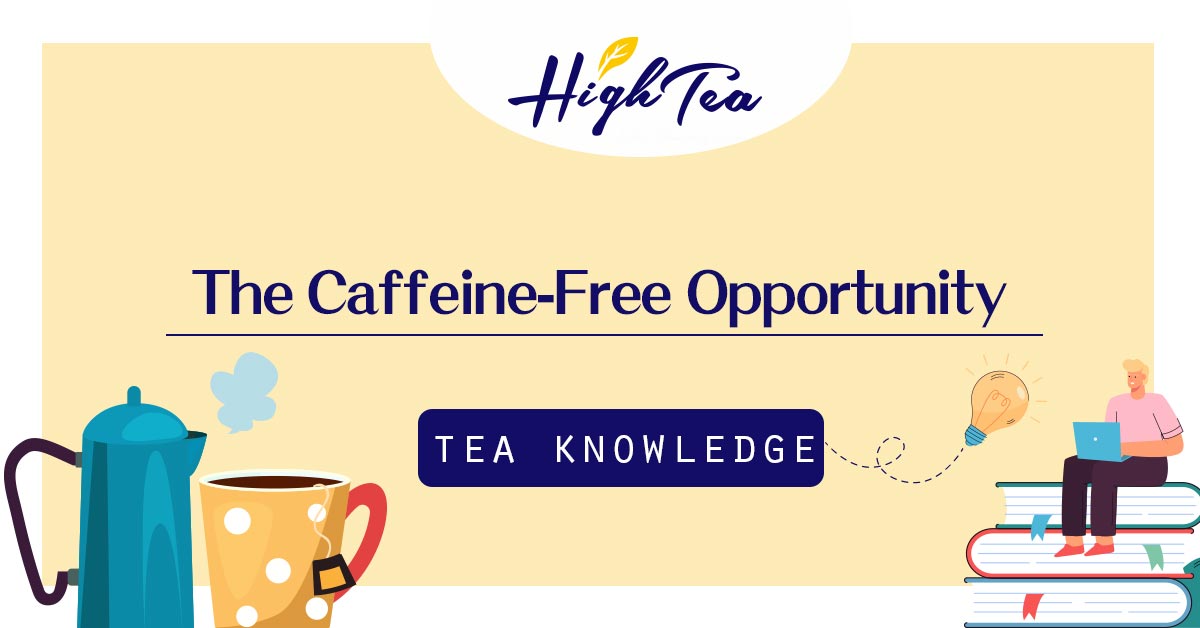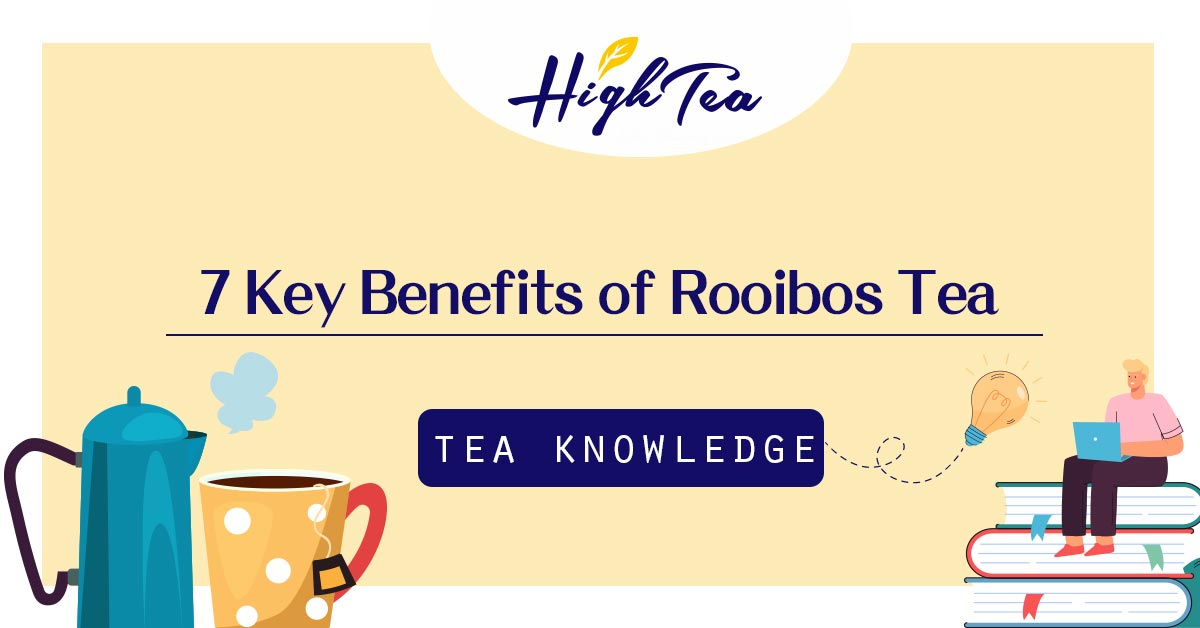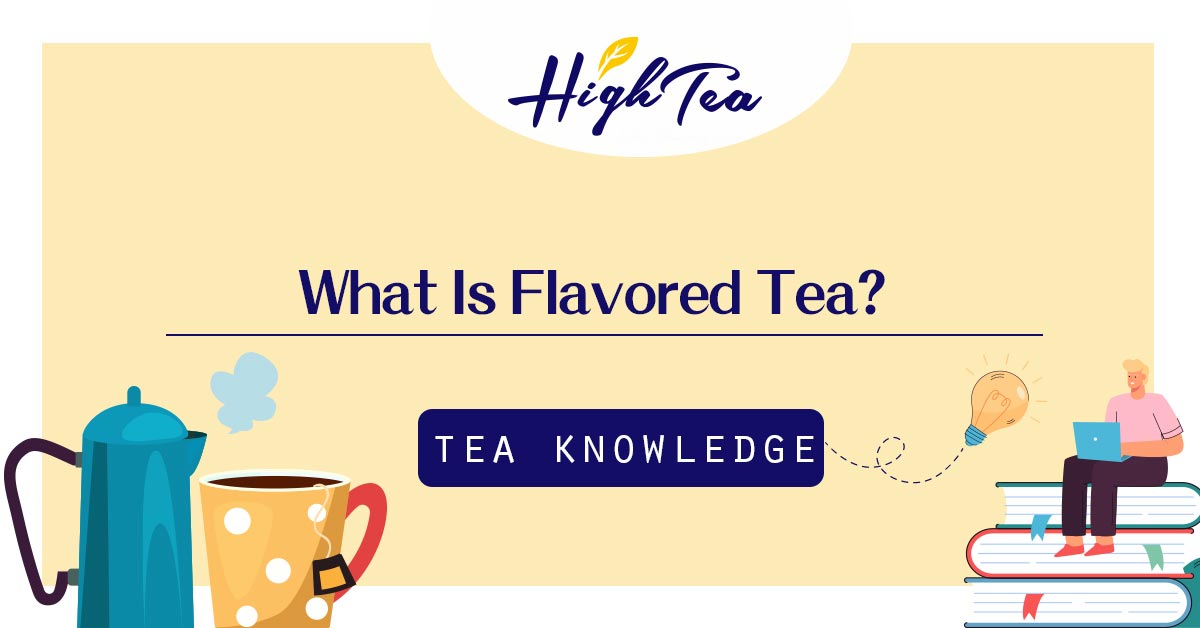Introduction: Bubble Tea’s Global Boom and the Rising Focus on Safety

Bubble tea has transformed from a regional Taiwanese treat into a worldwide beverage phenomenon. As shops expand across Asia, North America, and Europe, consumers are becoming more mindful of what goes into their favorite drinks. Food safety, ingredient origin, and clean-label transparency are now key factors that influence purchasing decisions.
Recently, a report by Consumer Reports in the United States tested tapioca pearls from several brands and detected trace amounts of heavy metals, such as lead. Although all results remained below the legal safety threshold, the news raised public concern about ingredient sourcing and quality control.
For beverage brands and tea shop operators, this incident serves as a powerful reminder: quality assurance and transparent testing are now vital to maintaining consumer confidence.

1. Tapioca Pearls: Understanding the Origin and Safety of Bubble Tea’s Core Ingredient
From Cassava Root to Pearls: Natural and Commonly Safe
Tapioca pearls are primarily made from cassava, a starchy root crop cultivated in tropical regions. After processing, the cassava starch is mixed with water and other natural ingredients, kneaded, and shaped into pearls before being cooked.
Because cassava grows in soil, it can naturally absorb trace minerals or heavy metals from the environment—just like rice, potatoes, or leafy vegetables. These trace elements are not inherently harmful when within safety limits, but proper testing ensures that the final food product remains safe for consumption.
Consumer Reports Findings
The Consumer Reports study confirmed that while traces of lead were found in some pearl products, the concentrations were well below international safety standards. Health experts emphasized that occasional consumption of bubble tea poses no significant health risk.
Nevertheless, the report underscored the importance of ongoing supplier audits and third-party lab testing—a standard practice among reputable ingredient suppliers.
2. High Tea’s Commitment to Safety: Certified, Tested, and Transparent
No Heavy Metals Detected — Verified by Independent Laboratories
At High Tea, we adhere to rigorous quality-control procedures. All our tapioca pearls undergo comprehensive laboratory testing for heavy metals such as lead, cadmium, mercury, and arsenic.
The result: “None detected.”
Our facilities operate under FSSC 22000, ISO 22000, and HACCP food-safety certifications, ensuring traceability from raw-material sourcing to finished-product packaging. This guarantees consistent quality and compliance with global standards demanded by international beverage chains, cafés, and foodservice distributors.
Building Confidence through Transparency
High Tea provides testing documentation to our clients upon request, allowing beverage brands to communicate ingredient safety directly to their consumers. In a market increasingly shaped by “clean label” expectations, being transparent about testing not only builds trust but also differentiates your brand.
3. The Next Wave of Bubble Tea: Expanding Beyond Pearls
The modern bubble tea experience goes far beyond the classic tapioca pearl. Today’s consumers—especially Millennials and Gen Z—are seeking variety, texture, and natural flavor. Beverage developers and tea shops are experimenting with toppings that enhance both appearance and mouthfeel, turning each drink into a signature creation.
Trending Toppings for 2025 and Beyond
- Crystal Agar Water Jelly
Derived from agar (kanten), this transparent jelly is light, low-calorie, and perfect for health-conscious menus. It adds texture without excess sweetness. - Honey Aloe Vera
Refreshing, juicy cubes that pair beautifully with green tea, fruit tea, or yogurt-based drinks. A natural, plant-based alternative to sugary syrups. - Korean Fruit Jams (Citron, Apple, Green Plum)
These Korean-style marmalades bring layered tartness and aroma. They work well with teas such as yuzu green tea or sparkling green-plum oolong. - Canned Fruits (Strawberry, Mango, Grapefruit)
Ready-to-use, flavorful fruit toppings for vibrant and colorful bubble teas. Combine with jasmine or black tea for a fresh-tropical appeal. - Classic Tapioca Pearls
Available in golden, white, or traditional black, these remain the cornerstone of milk-tea menus. The secret lies in maintaining chewiness and freshness through precise cooking.
Each topping serves a dual purpose: enhancing the customer experience while elevating beverage profitability. Shops can diversify their offerings, encourage repeat visits, and increase margins by creating limited-edition or seasonal menus.
4. Meeting the “Healthy Indulgence” Demand
Consumers today want “indulgence without guilt.” That means less sugar, fewer additives, and ingredients perceived as natural or functional. The next generation of bubble tea trends aligns with this “healthy indulgence” concept—balancing enjoyment with wellness.
Key Takeaways for Operators:
- Offer non-caffeinated or low-sugar options to appeal to all-day consumption.
- Highlight plant-based ingredients such as aloe, konjac, or buckwheat toppings.
- Emphasize transparent sourcing and traceability.
- Develop seasonal, photo-ready drinks that encourage social-media sharing.
By aligning with these trends, tea shops can attract health-conscious consumers while retaining loyal bubble tea lovers.
5. Why Safety and Innovation Must Coexist
The future of the bubble-tea industry depends not only on creativity but also on accountability. Beverage brands that integrate R&D innovation with certified safety will stand out in both domestic and international markets.
High Tea’s integrated supply chain—covering tea leaves, powders, syrups, toppings, and professional consulting—supports beverage operators in developing menu concepts that are both market-ready and compliant with food-safety standards.
In an era where “safe, delicious, and sustainable” defines consumer choice, investing in verified ingredients is no longer optional—it’s essential.
Conclusion: From Transparency to Trust
Bubble tea is more than a sweet indulgence; it’s a symbol of creativity and cultural exchange. Yet as the market matures, transparency and testing are becoming as important as flavor and texture.
By partnering with certified suppliers like High Tea, beverage brands can confidently tell their customers:
Every sip is safe, every ingredient verified, and every drink crafted with care.
Reference
Consumer Reports. “We Tested Bubble Tea for Lead. Here’s What We Found.”
https://www.consumerreports.org/health/food-contaminants/we-tested-bubble-tea-for-lead-here-is-what-we-found-a1681465194/




